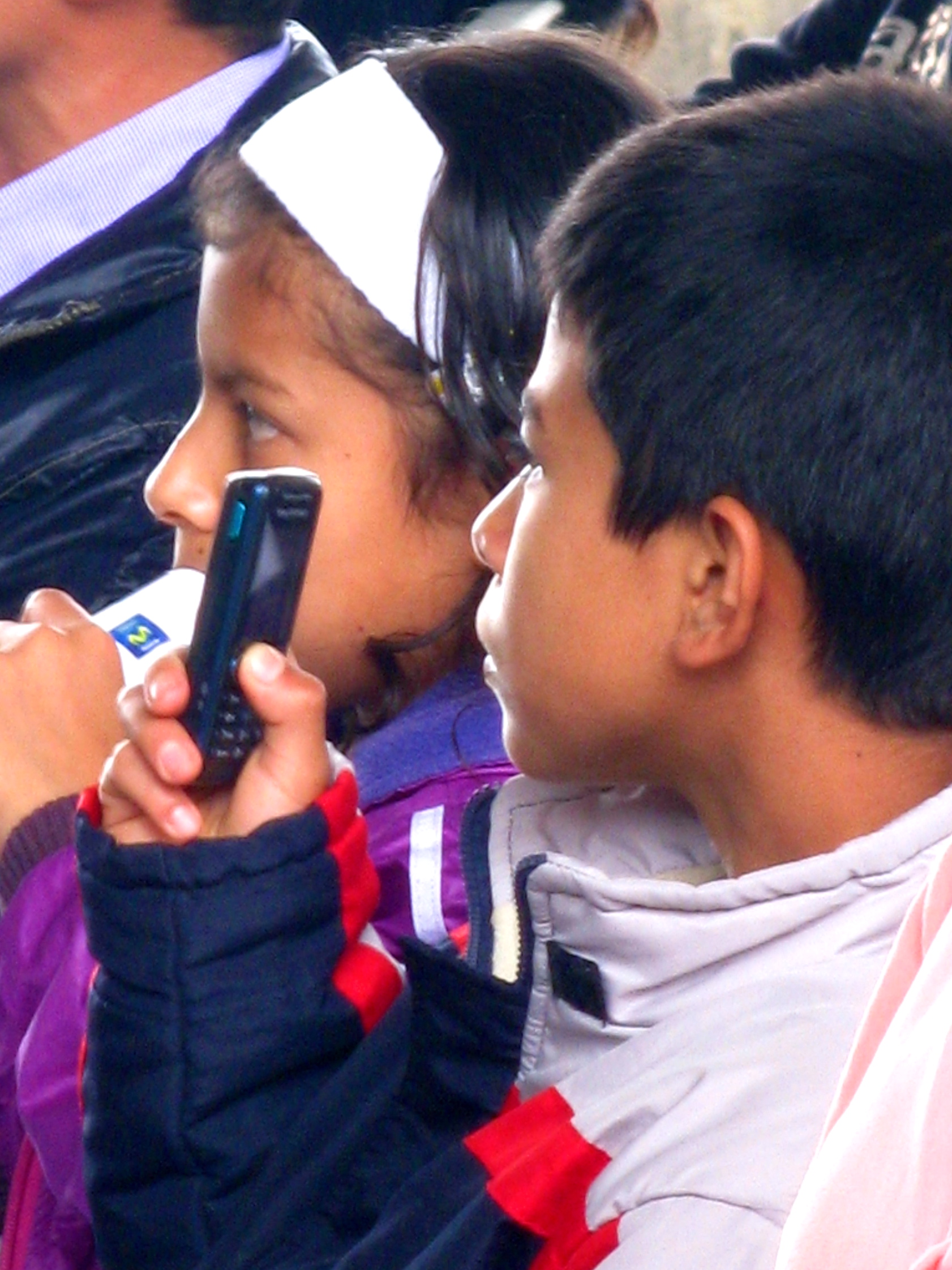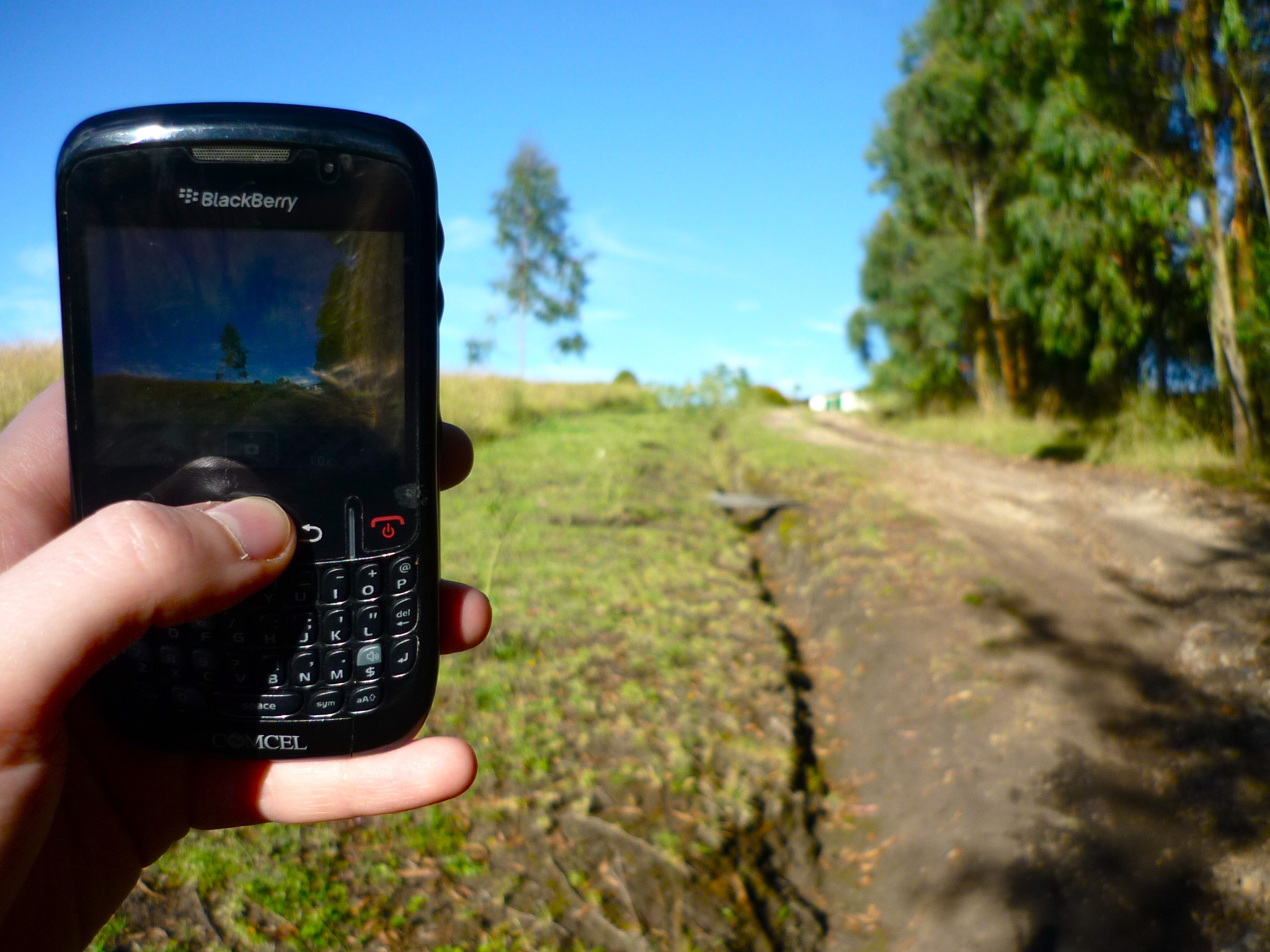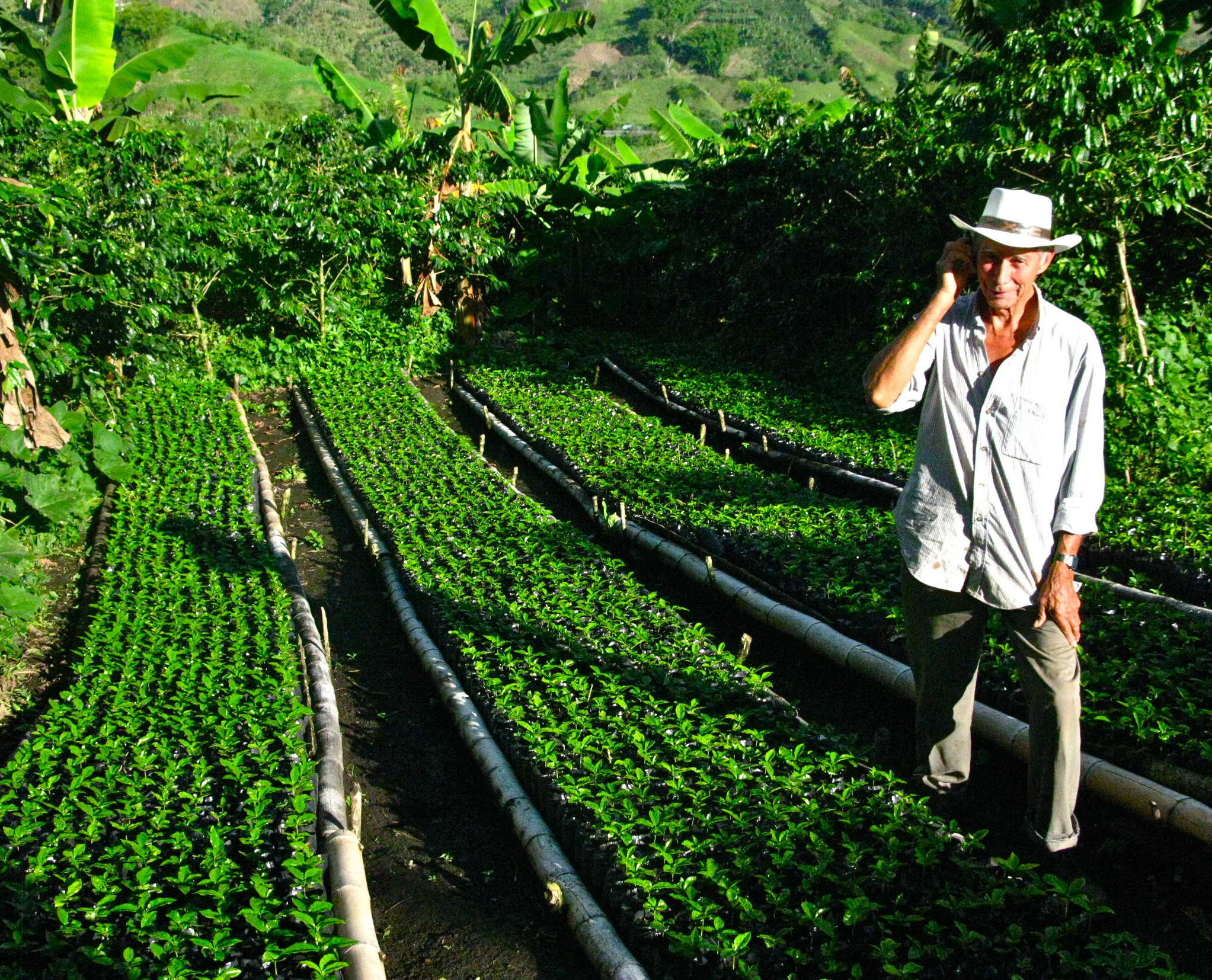 While the need to adapt is undeniable given the challenges posed by climate change and variability, the way in which we understand, approach and enable adaptive change should be given careful consideration, particularly within developing contexts.
While the need to adapt is undeniable given the challenges posed by climate change and variability, the way in which we understand, approach and enable adaptive change should be given careful consideration, particularly within developing contexts.
Within vulnerable livelihood systems, adjusting and changing in the face of more frequent and intense climatic events is a process that requires much more than economic resources.
Adaptation involves the identification of innovative tools and approaches that foster social learning and flexibility, as well as strengthened institutions, broader participation and networking, heightened environmental awareness, processes of self-organisation and multi-stakeholder collaboration, and political will, among others. (*in the picture, a coffee producer using his mobile phone).
Thus, the design and implementation of climate change adaptation strategies provide an opportunity for developing countries to embrace change from a novel perspective; one that builds on the resourcefulness, the ingenuity and the wealth of traditional knowledge available within these contexts.
The increasing diffusion of Information and Communication Technologies (ICTs) within developing environments can help to enable those novel perspectives towards enhanced adaptive capacities.
The availability of information and knowledge is one of the most important conditions for the adaptation of vulnerable systems to the impacts of climate change. But not just any information and knowledge, but those that (a) respond to the local needs and priorities, (b) acknowledge and strengthen local knowledge and capacities, and (c) contribute to the empowerment of stakeholders -at the micro, meso and macro levels- to make informed decisions amidst multiple vulnerabilities and climatic stressors.
Within vulnerable contexts, the growing adoption of ICT tools such as mobile phones and the Internet, in combination with more traditional ones such as radio and printed media, could support more effective, transparent and inclusive processes of adaptive change.
What types of changes can ICTs enable, to contribute to climate change adaptation?
The following table reflects some areas in which the role of ICTs can contribute towards adaptive change:
|
Changes in Attitudes (perceptions and beliefs) towards Climate Change |
A variety of Web 2.0 tools (e.g. Blogs, Facebook, Twitter, among others) are being increasingly used to disseminate information and give visibility to local climate change experiences and issues, fostering discussions and debate among stakeholders from different sectors and regions, thus influencing attitudes and perceptions. |
|
Changes in Knowledge about Climate Change |
The use of ICTs in models and projections has contributed to improve the understanding of climate change trends, and has provided new tools for planning and preparedness. Applications using remote sensing, GIS, earth browsers such as Google Earth and Visual Earth, as well as Web-based clearing houses for disseminating information and foster broader communities of interest for environmental analysis, also contribute to an increasing body of knowledge in this field. |
|
Changes in Public Awareness about Climate Change |
USAID’s Famine Early Warning Systems Network provides an agro-climatic monitoring system of real-time weather hazards (flooding, dryness and extreme hit) and food security for a number of developing countries, helping to increase public awareness on a variety of climate-related issues. At the same time, ICTs have helped to increase the visibility of political processes such as the United Nations Conference of Parties (COP17), which uses the Web, Twitter, Facebook, YouTube and Blogs to disseminate information and updates about the process and outcomes. |
|
Changes in Skills & Capacities required in Climate Change Responses |
Vietnamese villagers have been trained in the use of mobile phones to report the likelihood of localised flooding to the regional Hydro-Meteorological Center in Ho Chi Minh City. This training fostered local involvement in forecasting and early warning in vulnerable flood plains. The information that is fed back to locals via billboards and loudspeakers contributes to strengthen local preparedness. Radio broadcasts on relevant local issues –such as training on irrigation planning and crop diversification strategies- can also contribute to strengthen local skills and capacities. |
|
Changes in Vulnerable Livelihoods’ Productivity to Cope with Climate Impacts |
Mobile phones are used in India as part of agro-advisory system called mKRISHI, allowing farmers to send queries to agricultural experts in their local languages and receive personalized advice, as well as to access information on market prices, harvesting times in relation to weather and fertilizers’ use, among others, allowing them to make informed decisions to improve their livelihood. |
|
Changes in Partnerships & Collaboration to tackle Climate Change |
The use of ICTs to capture, process and disseminate information has helped to highlight the transversal and multi-dimensional nature of climate change impacts (e.g. on ecosystems and natural habitats, scarce water resources, food security, new health threats and risks to human infrastructure and habitats, among others). The use of ICTs has facilitated the creation of partnerships and collaboration among different stakeholders through e-conferences, virtual meetings, online chats, e-mail exchange and other online mechanisms. |
|
Changes in the Public’s Disposition to engage in Climate Change Actions |
The emergence of online networks and communities of interest has played a key role in the response to extreme events. Efforts of volunteer and technology communities such as Crisismappers and Ushahidi have allowed to connect SMS information with situational maps in times of crisis, enabling humanitarian response. High-resolution satellite imagery, Wikis, Google docs and other collaborative platforms used by growing communities of volunteers and technical experts have enabled new ways of collecting, analysing and visualizing data within vulnerable contexts (Harvard Humanitarian Initiative, 2011). |
|
Changes in the Allocation of Adaptation Funds and Resources |
The use of ICT applications, including those used as part of e-Government programs, can help to provide transparency in the identification of climate change priorities and the allocation and monitoring of funds. ICTs can facilitate information sharing through digital platforms where citizens can report incidents anonymously, trace the distribution and progress of adaptation funding, and learn about local environmental regulations and rights (SPIDER ICT4D, 2010). |
While these examples of emerging experiences and research suggest a significant role of ICTs towards adaptation, the complexity of developing environments, where marginalization and inequality still prevail, pose the need to maintain a critical stand in regards to their role.
Experiences in the ICT for development field (ICT4D) have drawn important lessons about the potential and the risks involved in ICT interventions (e.g. low information quality and reliability, security issues, resource diversion, deepening of power differentials, among others), which constitute valuable inputs to future analysis of ICTs’ role within climate change adaptation processes.
Ultimately, adaptation thinking is opening an important window of opportunity for developing countries to design and implement novel approaches to change, and to overcome the challenges posed by climatic uncertainty with the help of ICT tools.
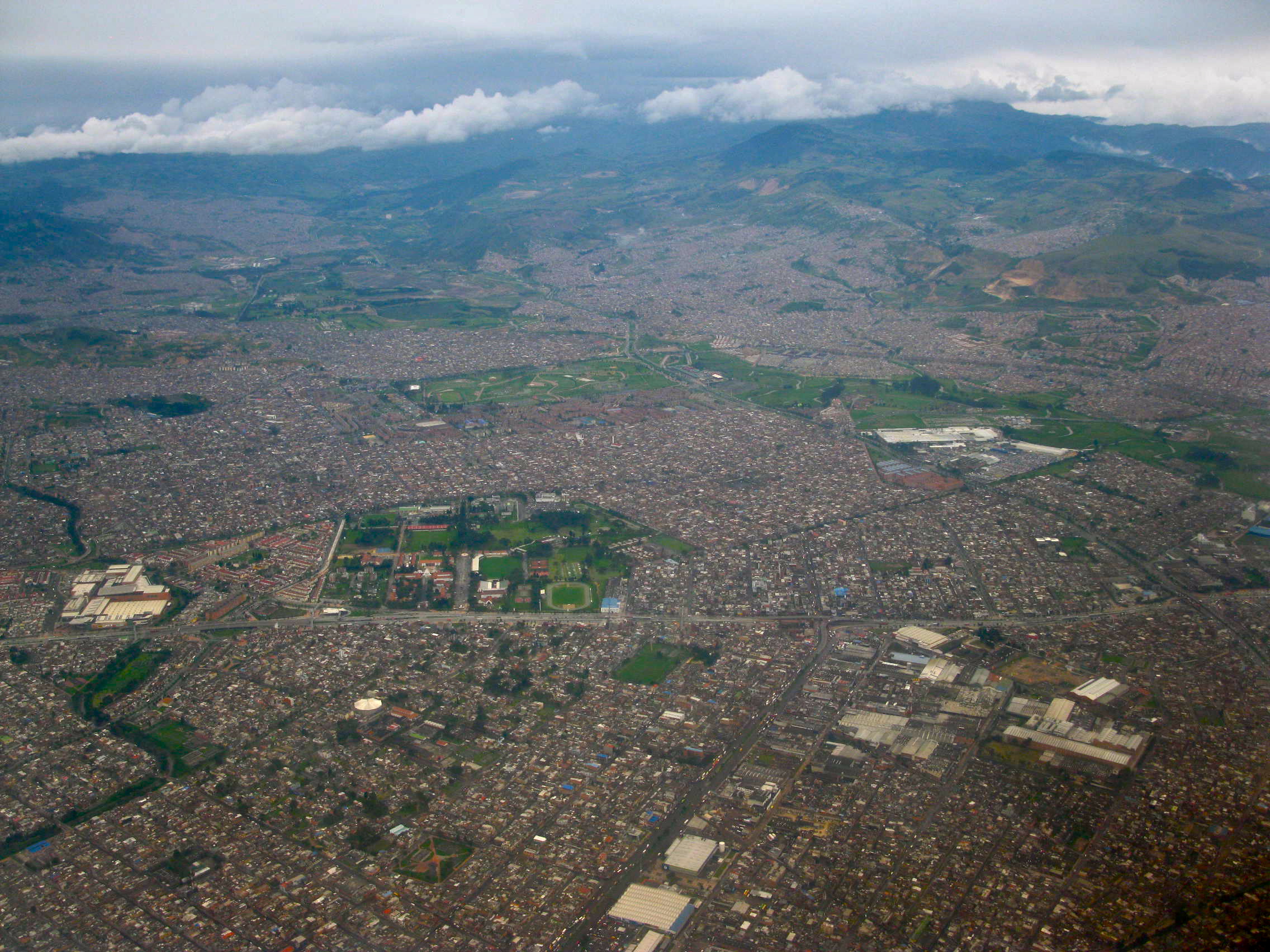 The complexity of urban contexts poses new challenges and opportunities to processes of resilience building. While increasing attention is being paid to the threats posed by climate change and variability to rural environments, urban marginalization poses equally important challenges that need to be examined from a ‘resilience lens’, fostering innovative responses towards urban change and transformation.
The complexity of urban contexts poses new challenges and opportunities to processes of resilience building. While increasing attention is being paid to the threats posed by climate change and variability to rural environments, urban marginalization poses equally important challenges that need to be examined from a ‘resilience lens’, fostering innovative responses towards urban change and transformation. Tools such as Information and Communication Technologies (ICTs) have been diffusing rapidly among the urban poor, providing new livelihood opportunities and fostering entrepreneurship through PC/Internet related microenterprises, mobile phones and associated services and applications (UNCTAD, 2010). Studies suggest that ICTs have helped to improve the availability of information in the informal sector, to reduce transaction costs and improve job creation and access to markets, contributing to income generation (ibid). (In the picture, an informal vendor in Colombia diversifies her income by selling mobile minutes).
Tools such as Information and Communication Technologies (ICTs) have been diffusing rapidly among the urban poor, providing new livelihood opportunities and fostering entrepreneurship through PC/Internet related microenterprises, mobile phones and associated services and applications (UNCTAD, 2010). Studies suggest that ICTs have helped to improve the availability of information in the informal sector, to reduce transaction costs and improve job creation and access to markets, contributing to income generation (ibid). (In the picture, an informal vendor in Colombia diversifies her income by selling mobile minutes). Amidst increasing climatic uncertainty, the challenges faced by low-income urban populations should be met through dynamic, flexible and innovative approaches that foster their capacity to engage, adapt and transform.
Amidst increasing climatic uncertainty, the challenges faced by low-income urban populations should be met through dynamic, flexible and innovative approaches that foster their capacity to engage, adapt and transform. Among many vulnerabilities that are intensified by the effects of climate change, the availability and management of water resources constitute one of the most critical areas of concern. From the provision of basic services and sanitation, to irrigation and food production, ecosystems protection and hydropower generation, water resources are not only crucial for socio-economic development but also a fundamental dimension of climate change adaptation.
Among many vulnerabilities that are intensified by the effects of climate change, the availability and management of water resources constitute one of the most critical areas of concern. From the provision of basic services and sanitation, to irrigation and food production, ecosystems protection and hydropower generation, water resources are not only crucial for socio-economic development but also a fundamental dimension of climate change adaptation.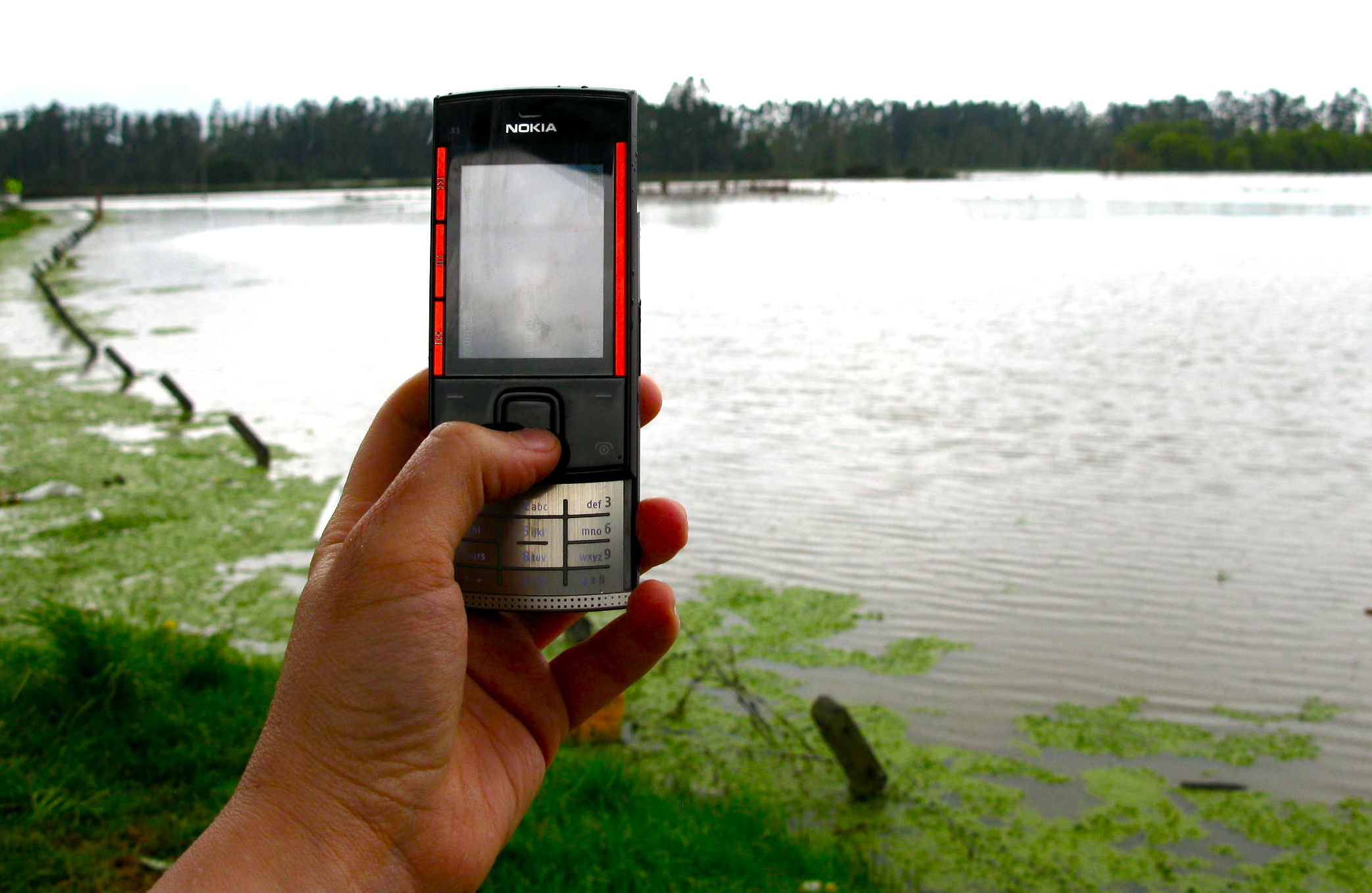
 Dealing with change requires the capacity to self-organise, while embracing novelty and experimentation.
Dealing with change requires the capacity to self-organise, while embracing novelty and experimentation.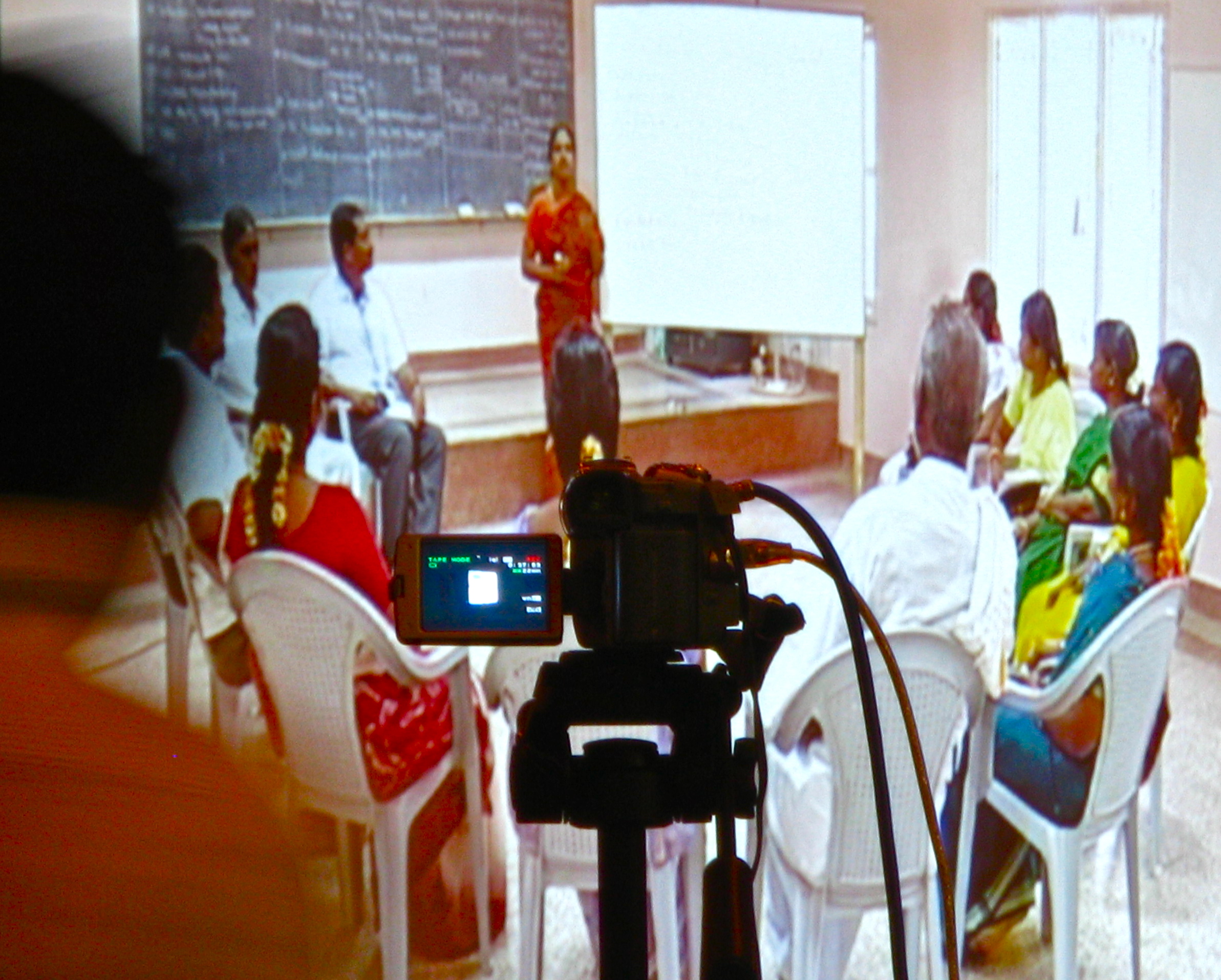 The increasing role of these communities in the response to climate change-related events reminds us of the importance of volunteerism, self-organisation, and ultimately, of community engagement towards more resilient and adaptable systems.
The increasing role of these communities in the response to climate change-related events reminds us of the importance of volunteerism, self-organisation, and ultimately, of community engagement towards more resilient and adaptable systems.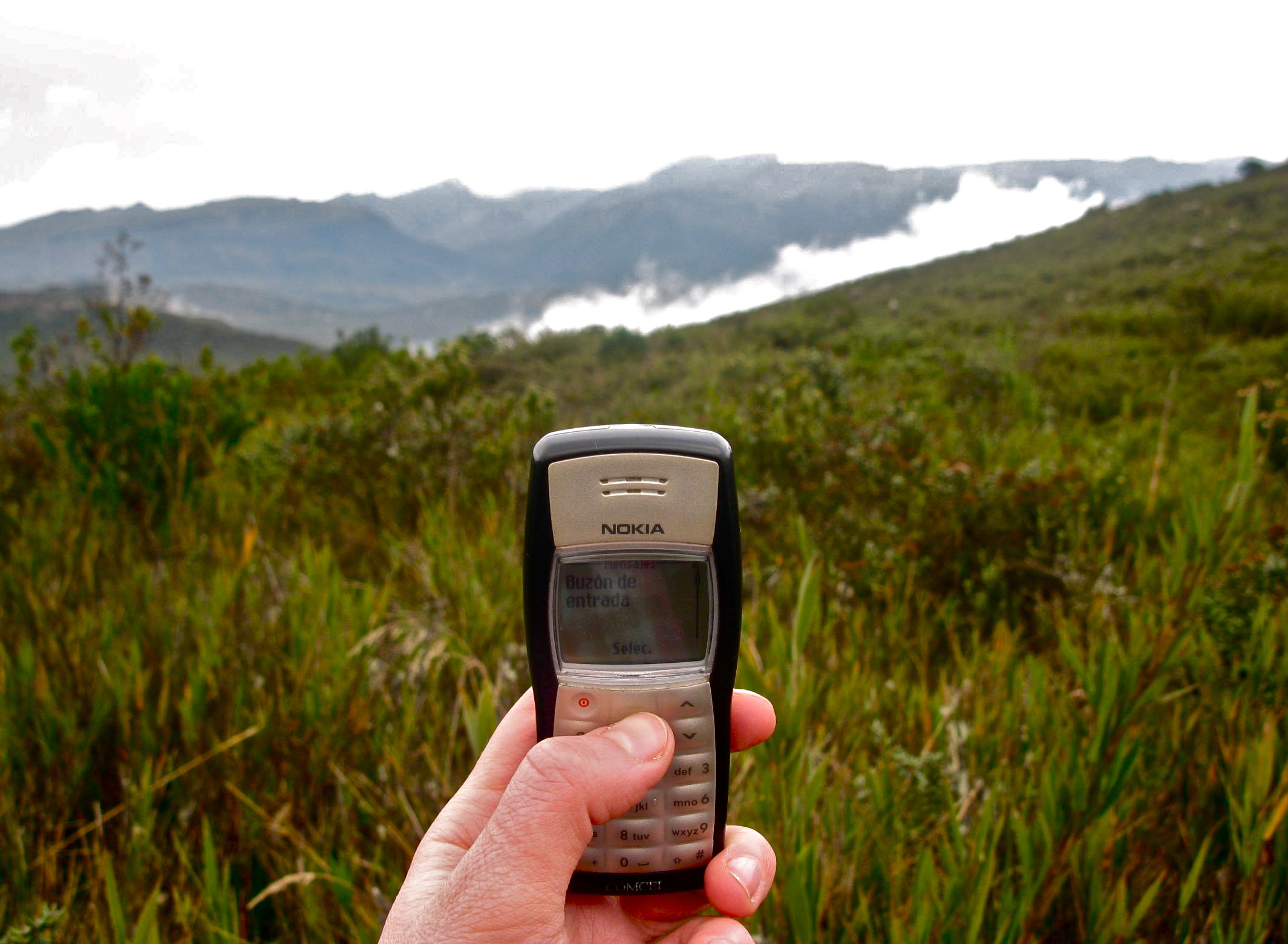 Effective communication is essential in overcoming barriers, particularly those encountered during processes of adaptation and change.
Effective communication is essential in overcoming barriers, particularly those encountered during processes of adaptation and change. Overcoming the multiple barriers that can emerge during processes of adaptation and change is a complex and multidimensional process, particularly when facing the uncertainty that characterizes climate change.
Overcoming the multiple barriers that can emerge during processes of adaptation and change is a complex and multidimensional process, particularly when facing the uncertainty that characterizes climate change. The way in which decisions are taken plays a key role within climate change adaptation.
The way in which decisions are taken plays a key role within climate change adaptation.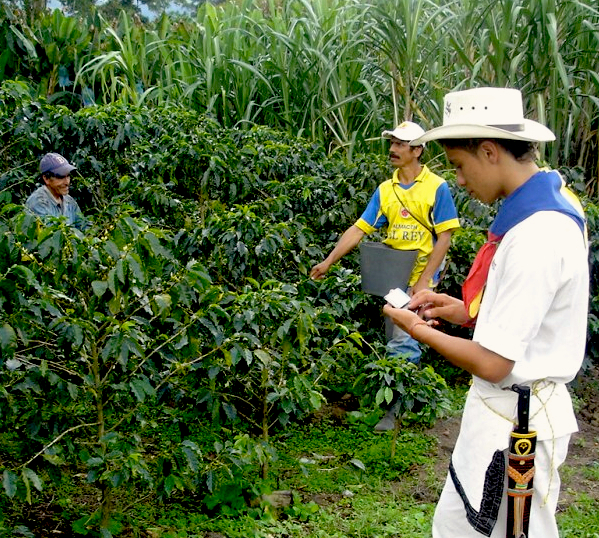 Amidst the magnitude and uncertainty that characterizes the climate change field, trust is a topic that is often overlooked, despite being one of the cornerstones of resilience building and adaptive capacity.
Amidst the magnitude and uncertainty that characterizes the climate change field, trust is a topic that is often overlooked, despite being one of the cornerstones of resilience building and adaptive capacity.
 Determining the repercussions of the changing climate is a field of great unknowns. While the impacts of climatic variations and seasonal changes on the most vulnerable populations are expected to increase and be manifest in more vulnerable ecosystems and natural habitats, the exact magnitude and impact of climate change effects remain, for the most part, open questions.
Determining the repercussions of the changing climate is a field of great unknowns. While the impacts of climatic variations and seasonal changes on the most vulnerable populations are expected to increase and be manifest in more vulnerable ecosystems and natural habitats, the exact magnitude and impact of climate change effects remain, for the most part, open questions.